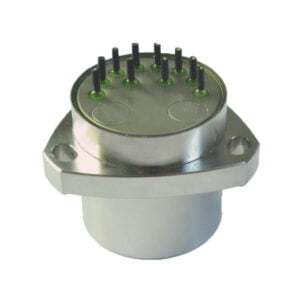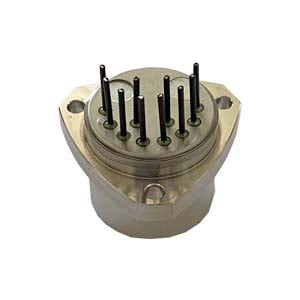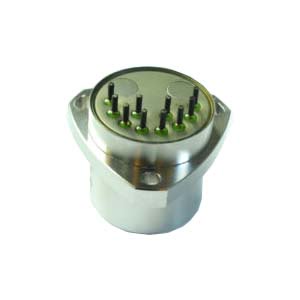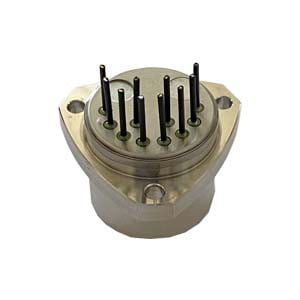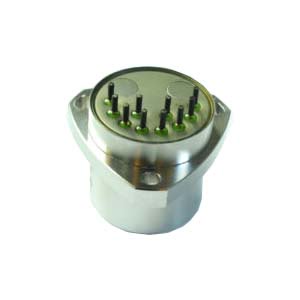An accelerometer is an instrument that measures the acceleration of a carrier line. An accelerometer consists of a detecting mass (also known as a sensitive mass), a support, a potentiometer, a spring, a damper, and a housing. Among them, the accelerometer used in the measurement of aircraft overload is one of the earliest aircraft instruments.
Accelerometers are gauges that measure acceleration. Acceleration measurement is an important issue raised by engineering technology. When an object has a large acceleration, the object and the instruments it carries and other objects that do not have relative acceleration are subjected to a force that can produce the same large acceleration, that is, subjected to a dynamic load. Acceleration is measured for dynamic loads. Secondly, to know the spatial position of instantaneous aircrafts, rockets, and warships, the acceleration can be measured continuously through inertial navigation (see gyro platform inertial navigation system), and then the velocity component is obtained after integral operation, and the integral is obtained again in one direction. The coordinate signal, and the instrument measurement results in the three coordinate directions synthesize the motion curve and give the spatial position where each instantaneous vehicle is located. Another example is that in some control systems, acceleration signals are often required as part of the information needed to generate the control action. There is also the problem of continuously measuring acceleration. A device that can continuously give an acceleration signal is called an acceleration sensor.
There are two types of accelerating forces: static and dynamic. Static forces are forces (such as friction or gravity) that are constantly applied to an object. A dynamic force is a force exerted on an object that "moves" at various rates, such as vibrations or the force exerted on the cue ball in a game of billiards. This is why accelerometers are used, for example, in car crash safety systems. When the car is driving under strong power, the accelerometer (which senses rapid deceleration) sends an electronic signal to an embedded computer, which in turn deploys the airbag.
There are three different types of accelerometers, each designed to operate efficiently in its intended environment. The three types are: piezoelectric, piezoresistive and capacitive.
Piezoelectric acceleration uses the piezoelectric effect (physical stress when placed on a piezoelectric material to generate electricity) to change in acceleration. It is most commonly used for vibration and shock measurement.
Piezoresistive accelerometers have much lower sensitivity than piezoelectric accelerometers and are more suitable for vehicle crash testing. The resistance of a piezoresistive accelerometer is proportional to the pressure applied to it.
The third and most commonly used type of accelerometer is the capacitive accelerometer. Capacitive accelerometers use changes in capacitance to determine the acceleration of an object. When the sensor accelerates, the distance between the capacitor plates changes with the movement of the sensor diaphragm.
Most accelerometers are miniature and are often referred to as microelectromechanical system (MEMS) accelerometers. Due to their size and affordability, they are embedded in numerous handheld electronic devices such as phones, tablets, and video game controllers. In phones and tablets, the accelerometer is responsible for "flipping" the screen as the device rotates. Accelerometers are also used by zoologists (for tracking the movements of animals in the wild), engineers (especially in crash experiments), and factories (for monitoring the vibrations of machinery).
For more information, please feel free to contact info@ericcointernational.com
More Technical Questions
1.Calibration Method of Accelerometer
2.MEMS Accelerometer Packaging Technology
3.How do parameters affect the performance of the quartz accelerometer?
4.What is the Effect of Temperature Coefficient on Quartz Accelerometer?
5.Quartz Accelerometer VS MEMS Accelerometer
6.What are the Advantages and Disadvantages of Quartz Accelerometers?
Products in Article

